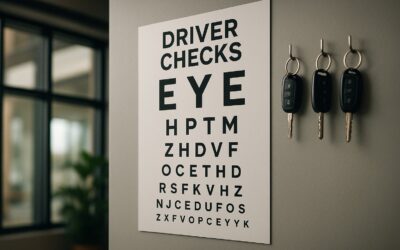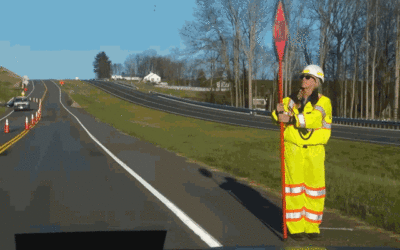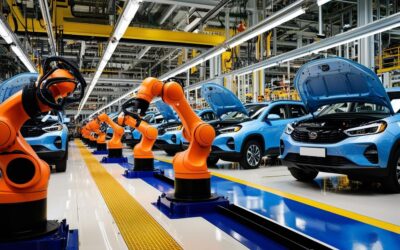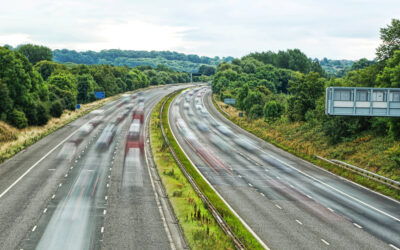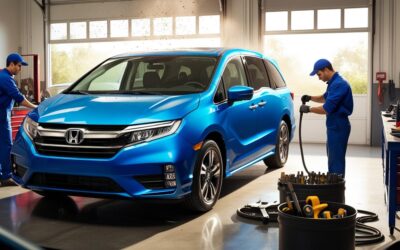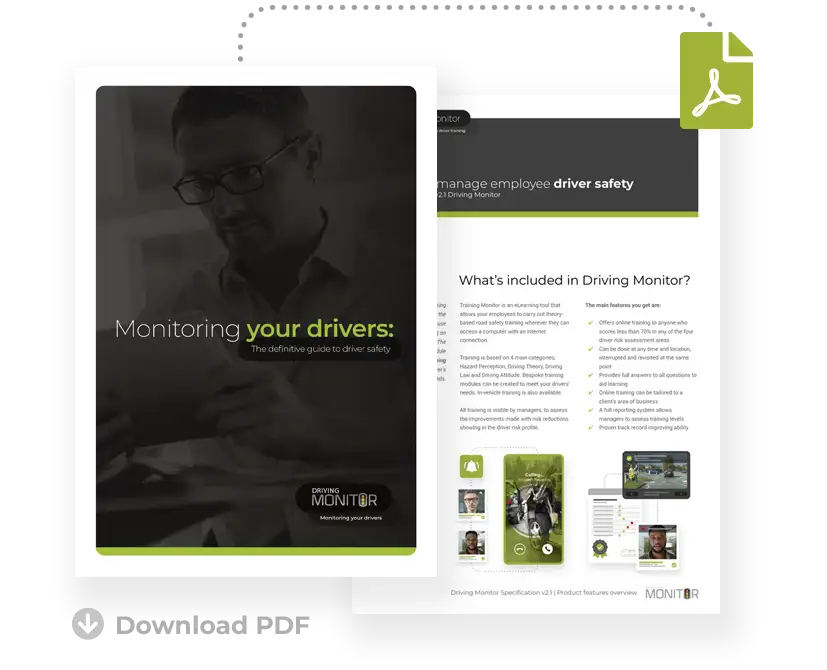Smart Motorways: New Stopped Vehicle Detection Tech Trials Begin
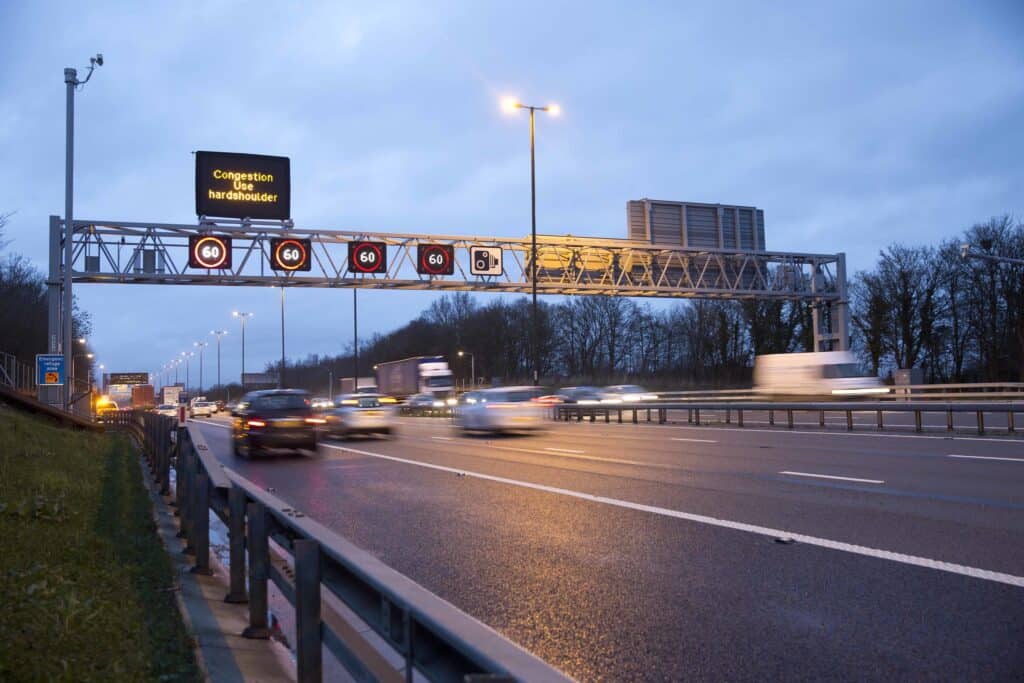
National Highways trials are set to begin on new road safety technology that identifies when vehicles have stopped on smart motorways.
The stopped vehicle detection technology is based on the computer vision inspection system that the rail industry uses, known as Hubble, and aims to bring similar levels of safety that the rail industry has seen to the roads.
During the trial, the viability of the technology will be tested by applying the programme to more than 100 hours of CCTV footage, comparing the results with data from National Highways own data.
It follows concerns raised earlier this year about the safety of smart motorways and specifically how well the radar technology used to detect stopped vehicles was working.
What Is the Latest With Smart Motorways?
Smart Motorways use traffic management methods such as variable speed limits and using the hard shoulder as a running lane to control the flow of traffic in a way that minimises cost, time, and environmental impact.
Because you don’t need to build additional lanes to implement Smart Motorways, it was considered a way to ease traffic congestion without significant infrastructure projects and delays.
But the government was forced to take steps to improve the safety of Smart Motorways following significant pressure, with 38 fatalities directly relating to smart motorways in recent years.
That led to new safety protocols, with Smart Motorways unable to open without radar technology in place to spot stopped vehicles.
No new all-lane-running (ALR) motorways have been allowed to open without radar technology to spot stopped vehicles on the hard shoulder, which has been a safety concern since Smart Motorways were implemented in the UK.
Concerns had been raised over the technology and reliability in the time since those changes were announced… and this latest investigation has highlighted the issue with the technology.
Are Smart Motorways Safe?
The ALR versions of smart motorways have been linked to more than 38 deaths since their introduction in 2014, with a high-profile corporate manslaughter case referring Highways England to the Crown Prosecution Service earlier this year after motorway monitors didn’t detect that a vehicle had broken down.
That technological failure in particular has caused National Highways and the government to look at ways in which they can improve safety through stopped vehicle technology.
Which brings us to the trial, where they’ll look to address many of the issues caused by safety equipment being out of action. Working together with software developers and road safety campaigners, the idea is to bring innovation to the sector to improve safety for everyone.
Smart motorways rely on the technology working to allow them to utilise the hard shoulder as an additional lane – if a vehicle breaks down and the cameras can’t detect it because there’s no power, it leaves road users at severe risk.
The lack of refuge zones, despite promises to increase the number on the smart motorway network, has also been criticised by road safety experts – something which is being actively worked on.
Do you believe Smart Motorways are safe? Do you think new technology and innovation could improve the situation? Let us know in the comments below…

